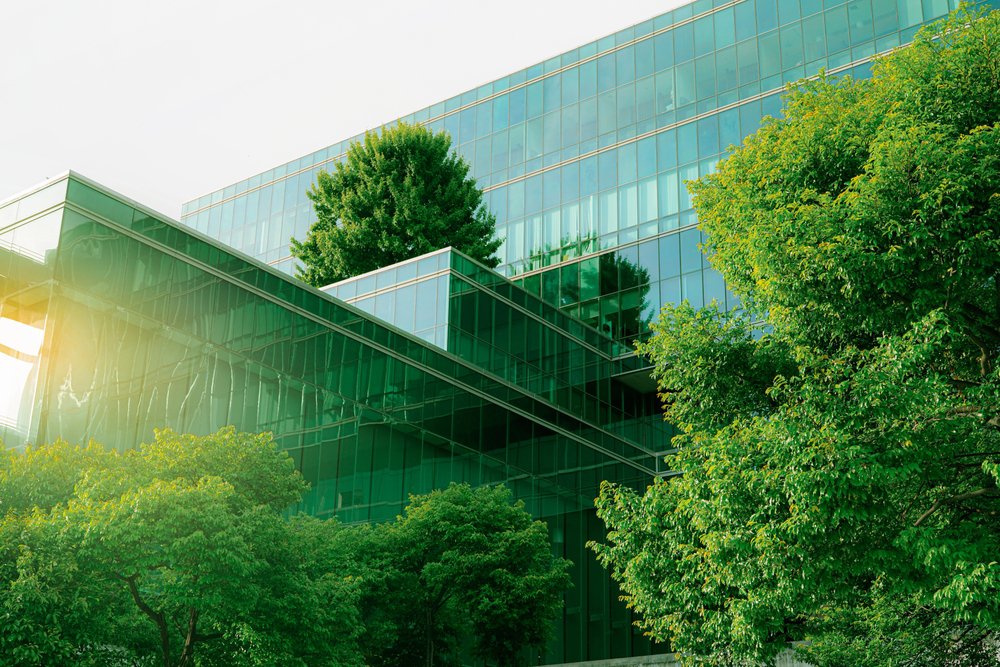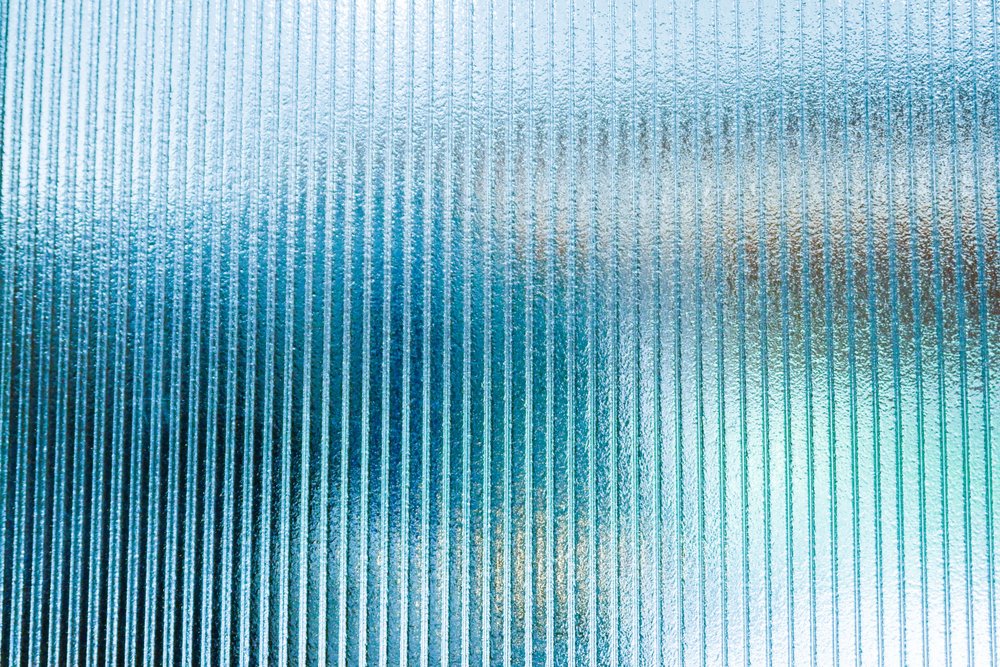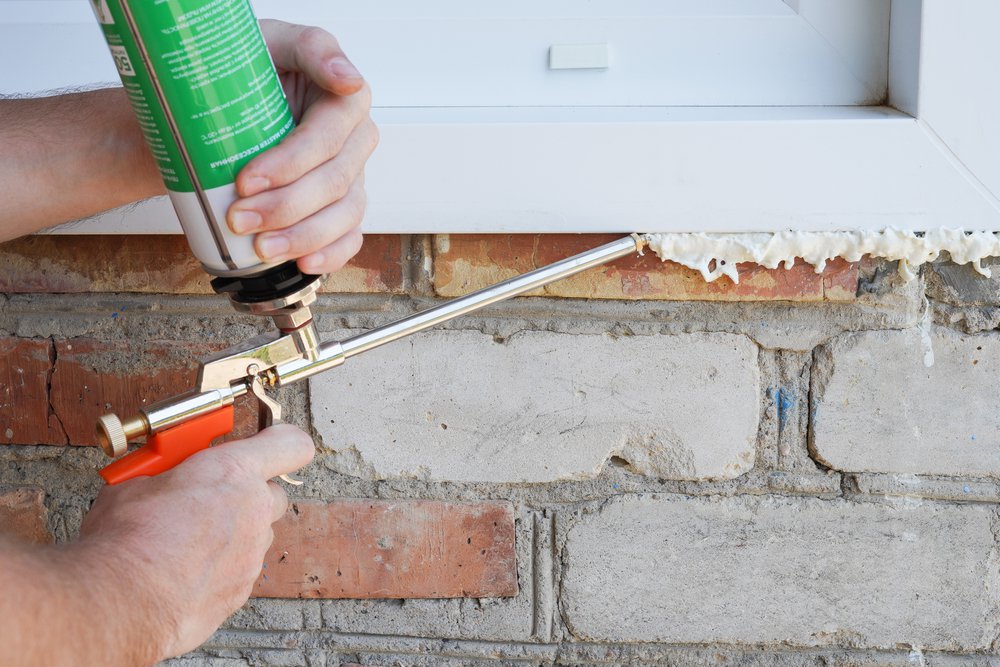How can sustainable glass innovations reshape modern architectural practices? The potential of eco-friendly glass to transform building design is immense. By integrating advanced technologies, sustainable glass not only enhances energy efficiency but also reduces the environmental footprint of modern structures. This article explores the rise of sustainable glass manufacturing technologies, their environmental impact, and their role in contemporary architecture.

The Rise of Sustainable Glass Technologies
Recent advancements in glass manufacturing have revolutionized the industry, making it more sustainable and efficient. Low-emissivity (Low-E) coatings, for instance, have become a game-changer. These coatings minimize the amount of ultraviolet and infrared light that passes through glass without compromising the amount of visible light transmitted. This results in significant energy savings by reducing the need for artificial heating and cooling.
In addition to Low-E coatings, insulated glass units (IGUs) have gained prominence. IGUs consist of multiple glass panes separated by a spacer and sealed to create an insulating air space. This design enhances thermal performance, reducing heat transfer and improving energy efficiency. Buildings equipped with IGUs experience lower energy consumption, leading to reduced greenhouse gas emissions.
Environmental Impact of Traditional vs. Sustainable Glass
Traditional glass production has a significant ecological footprint. Conventional methods involve high energy consumption and substantial carbon emissions. For instance, producing one ton of standard glass can emit up to 1.2 tons of CO2. Additionally, traditional glass manufacturing relies heavily on finite raw materials like sand, soda ash, and limestone.
In contrast, sustainable glass production methods aim to minimize environmental impact. Low-emissivity coatings and insulated glass units not only improve energy efficiency but also reduce the carbon footprint during their lifecycle. Sustainable glass manufacturing often incorporates recycled glass, which significantly lowers the need for raw materials and reduces energy consumption.
The shift towards sustainable glass not only benefits the environment but also aligns with global sustainability goals. By reducing carbon emissions, conserving resources, and enhancing recycling, sustainable glass technologies offer a viable path towards a more eco-friendly future in architecture.
Challenges and Opportunities in Adoption
Adopting eco-friendly glass technologies presents several challenges. One of the primary hurdles is cost. Sustainable glass options, such as Low-E coatings and insulated glass units, often come with higher upfront costs compared to traditional glass. This can deter builders and developers, especially in markets where budget constraints are significant. Additionally, the manufacturing processes for sustainable glass can be more complex and resource-intensive, further driving up costs.
However, potential solutions exist to mitigate these challenges. Government incentives and subsidies can play a crucial role in offsetting the initial costs of sustainable glass. Policies that promote green building practices and provide financial support for eco-friendly materials can encourage wider adoption. Furthermore, advancements in manufacturing technologies can streamline production processes, reducing costs over time. As demand for sustainable glass increases, economies of scale will likely drive prices down, making these technologies more accessible.
Another opportunity lies in the growing awareness and demand for sustainable building practices. As more consumers and businesses prioritize environmental responsibility, the market for eco-friendly glass is expected to expand. This shift in demand can spur innovation and investment in sustainable glass technologies, leading to further advancements and cost reductions. Additionally, collaboration between industry stakeholders, including manufacturers, architects, and policymakers, can foster a more supportive ecosystem for sustainable glass adoption.

Future Trends
Emerging trends in sustainable glass manufacturing are set to revolutionize the industry further. One notable innovation is the development of photovoltaic glass, which integrates solar cells into the glass itself. This technology allows buildings to generate their own electricity, significantly reducing reliance on external energy sources. Photovoltaic glass can transform windows and facades into energy-producing surfaces, contributing to net-zero energy goals.
Another promising trend is the advancement of smart glass technologies. Smart glass can adjust its properties in response to environmental conditions or user preferences, optimizing light and heat transmission. This dynamic control enhances energy efficiency and occupant comfort. Innovations in electrochromic, thermochromic, and photochromic smart glass are making these technologies more effective and affordable, paving the way for broader adoption in both residential and commercial buildings.
Additionally, the use of nanotechnology in glass manufacturing is gaining traction. Nanocoatings can improve the performance of glass by enhancing its strength, durability, and thermal properties. These coatings can also provide self-cleaning capabilities, reducing maintenance requirements and extending the lifespan of glass installations. As nanotechnology continues to evolve, it promises to deliver even more advanced and sustainable glass solutions.
Another trend to watch is the integration of sustainable glass technologies with building information modeling (BIM) and other digital tools. These tools enable architects and builders to design and simulate the performance of sustainable glass in virtual environments, optimizing their use before construction begins. This approach can lead to more efficient and effective implementation of eco-friendly glass, further driving sustainability in architecture.
The Path Forward for Sustainable Glass in Architecture
Sustainable glass innovations have the potential to reshape modern architectural practices significantly. Recent advancements like Low-E coatings, insulated glass units, and smart glass technologies enhance energy efficiency and reduce environmental impact. Emerging trends like photovoltaic glass, nanotechnology, and digital integration promise to drive further innovation. Continued adoption and development of sustainable glass are crucial for achieving a more eco-friendly and sustainable future in architecture. For more insights and solutions, visit Insul-Lite Manufacturing.





